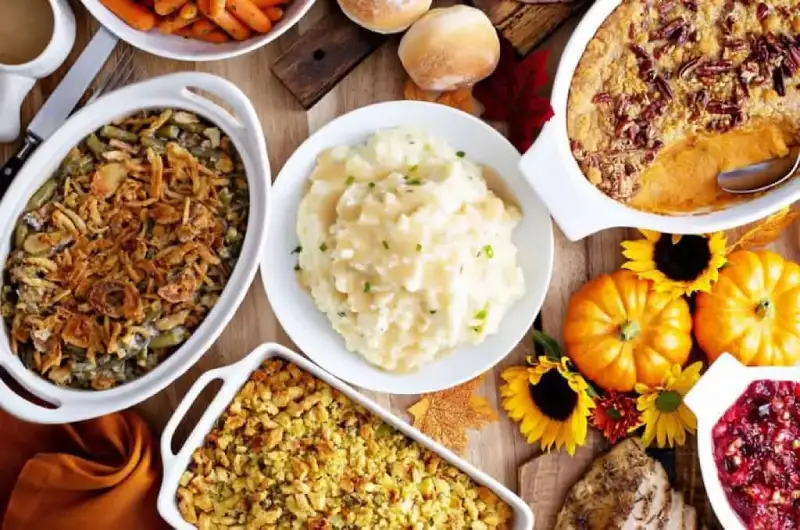As soon as the clock stops at midnight on New Year’s Eve, food traditions take center stage worldwide. These traditions are often symbolic, rooted in centuries of culture and belief. From dishes that promise wealth to those that signify happiness and health, New Year’s foods for good luck hold a special place in festive celebrations.
Let’s explore some popular lucky foods, their origins, and the beliefs tied to them.
Why Food Traditions Are Key to New Year’s Celebrations
Food has long been associated with cultural rituals and celebrations, especially during the New Year. The belief in eating specific items for good fortune transcends borders and traditions.
While some foods are thought to bring wealth or prosperity, others signify longevity, happiness, and love.
The practice of eating lucky foods on New Year’s Eve is rooted in cultural beliefs and superstitions. These foods are often associated with positive symbolism and are believed to influence the coming year.
People hope to attract good fortune, prosperity, and happiness by consuming these foods.
So, consider incorporating some of these lucky foods into your celebrations as you ring in the New Year.
Whether indulging in a bowl of noodles, a plate of lentils, or a slice of King Cake, may these delicious traditions bring you good luck and prosperity in the coming year.
20 Foods That Bring Good Luck for the New Year
These lucky foods often symbolize wealth, longevity, and happiness. Here are some foods celebrated worldwide for their association with good fortune.
1. Black-Eyed Peas – A Southern Tradition
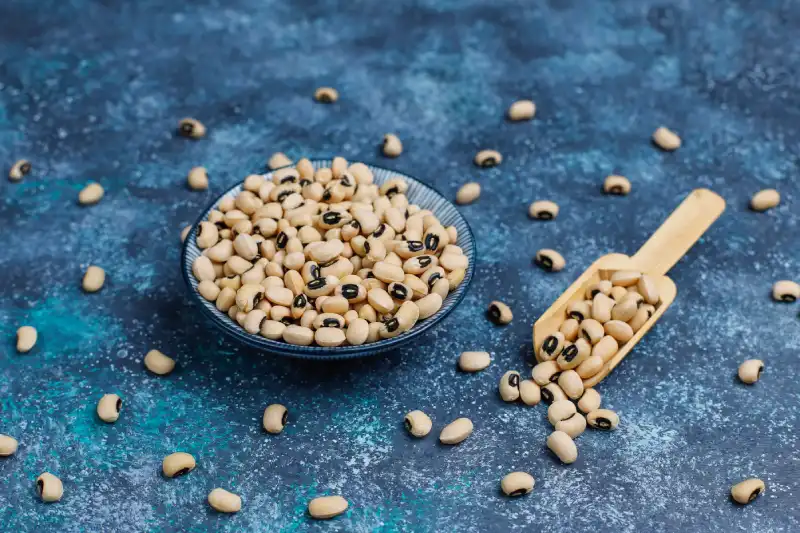
Black-eyed peas are a must-have on New Year’s Day in the southern United States. This tradition dates back to the Civil War when peas were a staple food for survival. Their round shape and resemblance to coins symbolize wealth and prosperity.
Often served in dishes like Hoppin’ John—a mixture of black-eyed peas, rice, and pork—this hearty meal is delicious and steeped in symbolism. Some families take the tradition further by placing a coin under their plates to amplify the luck.
To enhance the meal’s significance, black-eyed peas are paired with collard greens, representing folded money, and cornbread for gold.
Together, these dishes create a feast of financial hope for the coming year. Whether you cook them in a stew or serve them alongside pork, black-eyed peas are a delicious way to invite fortune.
2. Lentils – Italy’s Prosperity Staple
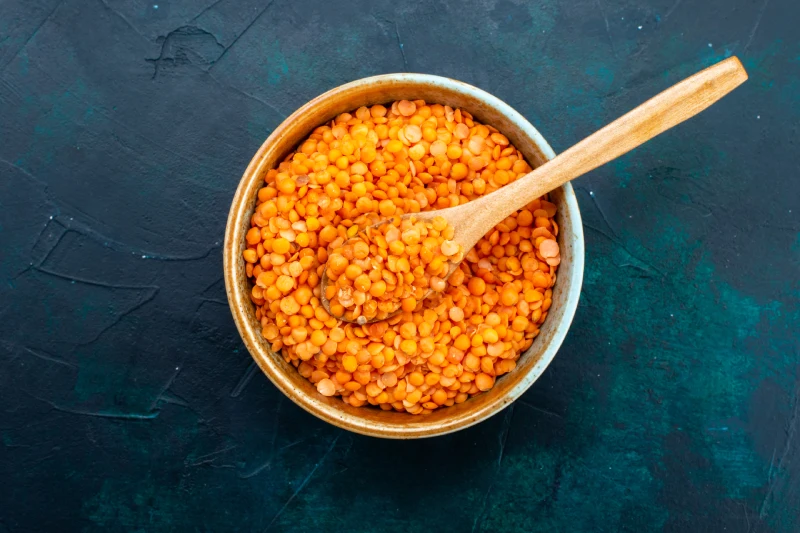
Lentils are a staple New Year’s food in Italy. They are revered for their coin-like shape, which symbolizes wealth. This tradition stems from ancient Roman times when lentils were given as gifts in small bags to wish for prosperity.
Italians often prepare lentils with sausages or pork to make a dish called Cotechino e Lenticchie. This dish combines the lentils’ symbolic richness with pork’s forward-moving symbolism.
The soft texture of lentils also symbolizes comfort and contentment, making them a versatile addition to the New Year menu. Whether served in soups, stews, or salads, lentils are a hearty, protein-rich way to bring in the year.
Even if you’re not Italian, incorporating lentils into your New Year’s Eve dinner is a simple yet meaningful way to embrace good fortune.
3. Pork – A Symbol of Progress
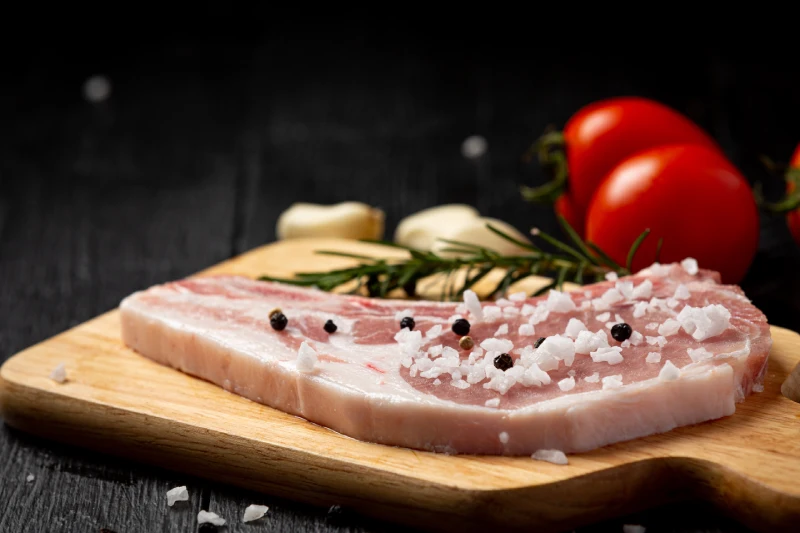
Pork is a common New Year’s dish in many cultures, symbolizing progress and prosperity. Unlike chickens, which scratch backward when foraging, pigs root forward, representing forward movement and growth. In Germany and Eastern Europe, roasted pork and sausages are traditional New Year dishes.
Pork’s richness and abundance are also seen as a sign of wealth and prosperity. Some families even include a pig figurine on their dining table for luck. Whether it’s a flavorful roast, juicy ribs, or crispy bacon, pork dishes embody a hopeful, forward-looking start to the year.
4. Fish – Abundance and Fertility
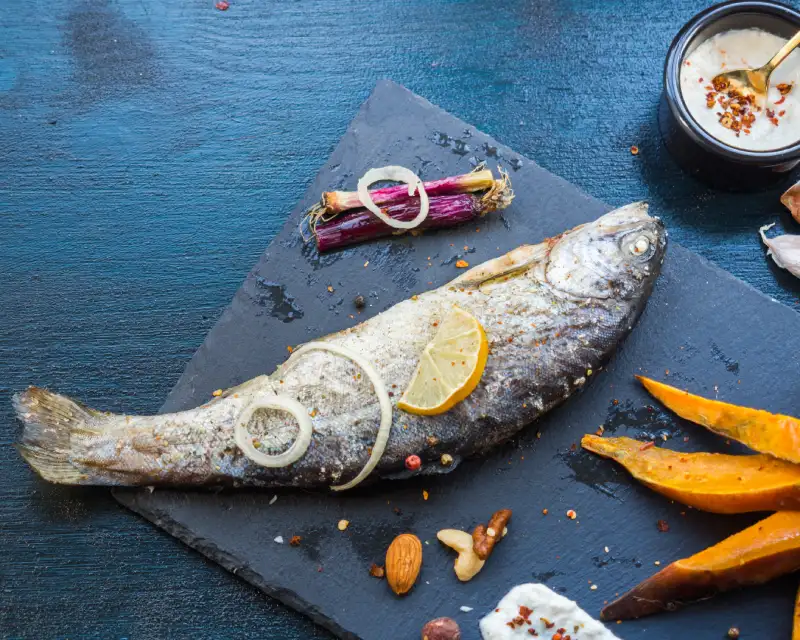
Fish is a staple New Year’s food in many countries, symbolizing abundance due to its scales resembling coins and natural fertility.
Asian cultures often serve a whole fish, representing unity and completeness. The Chinese word for fish, “yu,” is a homophone for surplus, signifying abundance for the coming year.
In Scandinavian countries, pickled herring is a popular choice, symbolizing prosperity. Meanwhile, Eastern Europeans favor carp, often prepared in hearty soups or fried. Beyond its symbolic significance, fish is a healthy and versatile addition to any meal.
Its steamed, grilled, or fried ability makes it easy to incorporate into your New Year feast, ensuring a prosperous start.
5. Grapes – A Spanish Midnight Tradition
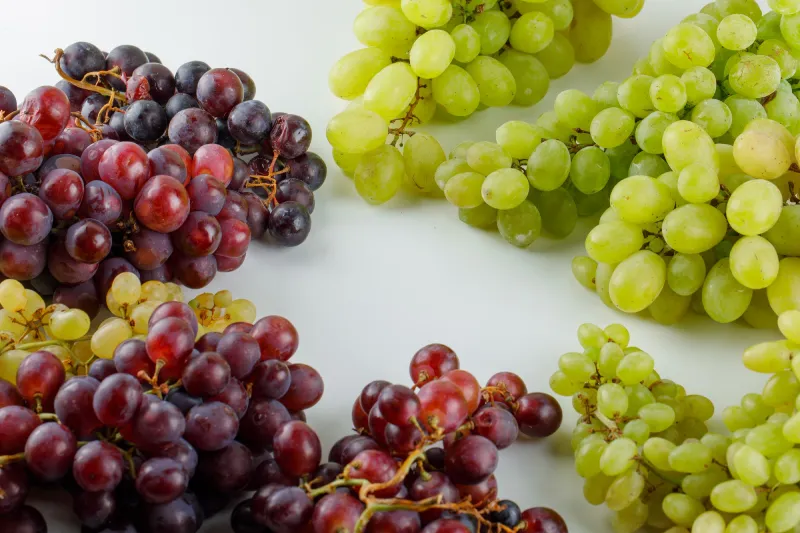
Spain’s famous “12 Grapes of Luck” tradition is a delightful way to welcome the New Year. People eat one grape at midnight for each chime of the clock, representing the 12 months of the year. Sweet grapes signify good months, while sour ones may hint at challenges.
This practice originated in the early 20th century as a way to use surplus grape harvests. Over time, it became a cherished New Year’s custom, spreading to other countries in Latin America.
To follow the tradition, ensure your grapes are ready in a bowl, and try to finish all 12 before the clock stops chiming—it’s trickier than it sounds!
6. Noodles – Longevity in Every Bite
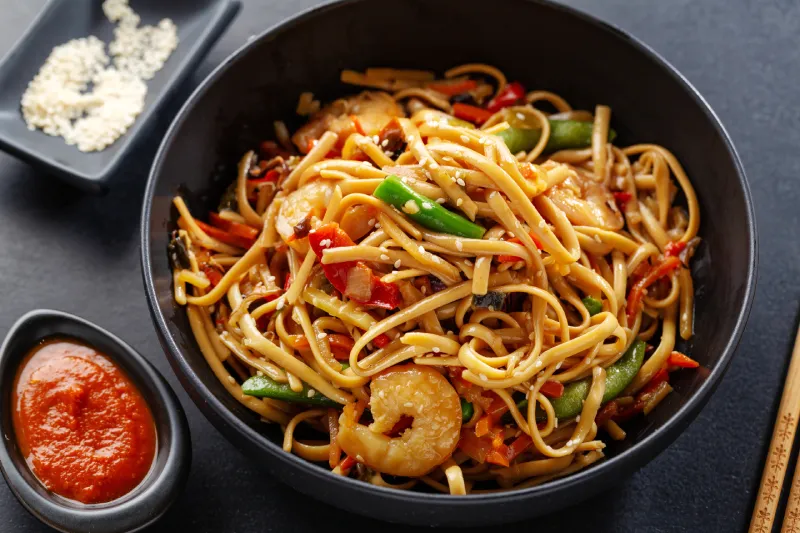
Long noodles, a staple in Asian cultures, are eaten to symbolize longevity. “Longevity noodles” are often served uncut, as cutting them is believed to shorten one’s life. Slurping the noodles without breaking them is part of the fun and tradition.
In Japan, soba noodles, known as “Toshikoshi Soba,” are enjoyed on New Year’s Eve to signify a smooth transition from one year to the next.
Meanwhile, in China, wheat-based noodles take center stage during festive meals. Whether stir-fried or served in soup, these long strands convey health and prosperity.
7. Greens – Folding Wealth on Your Plate
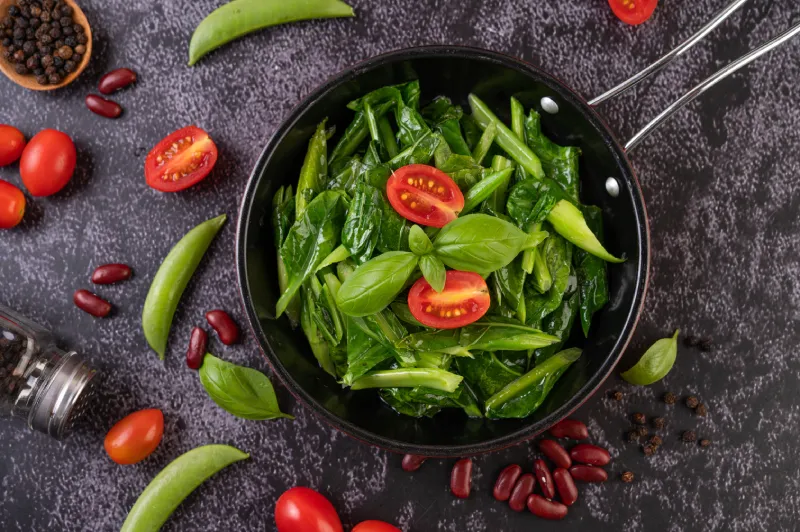
Leafy greens, like kale, collard greens, and cabbage, are widely considered symbols of money because they resemble folded cash. In the U.S., collard greens are often paired with black-eyed peas and pork for a lucky meal.
In Germany, cabbage is used to make sauerkraut, a dish enjoyed on New Year’s Day. The tangy, fermented flavor is believed to bring wealth and good health. Greens are also highly nutritious, ensuring you start the year healthy while inviting prosperity.
8. Pomegranates – Seeds of Good Fortune
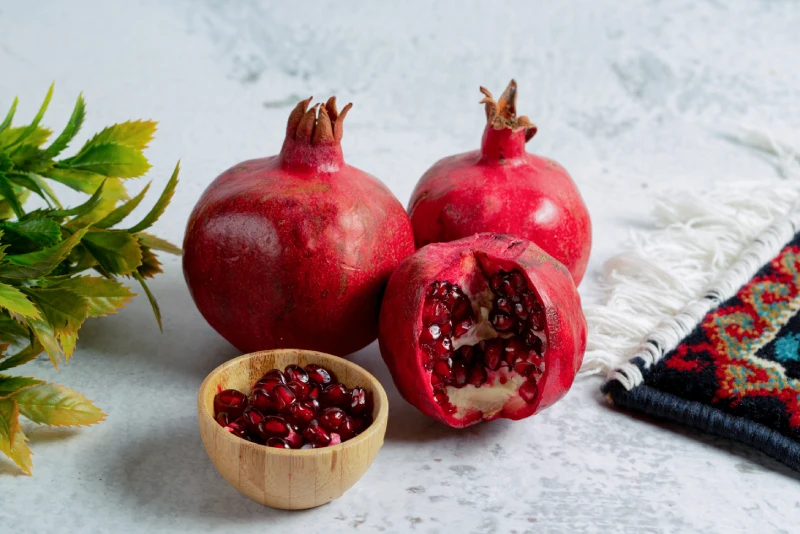
Pomegranates are cherished in Mediterranean cultures for their symbolism of fertility, abundance, and renewal.
In Greece, smashing a pomegranate on the ground during New Year’s celebrations is believed to bring good luck, with the number of seeds that scatter representing how fortunate the year will be.
The bright red color of pomegranates is also associated with life and vitality. Their versatility allows them to be incorporated into salads, desserts, or even drinks, making them an easy yet meaningful addition to your New Year festivities.
9. Round Cakes and Breads – Completeness and Luck

Round baked goods like cakes, donuts, and bagels are popular in various cultures during New Year’s celebrations. The shape symbolizes continuity and the cycle of life.
In Greece, Vasilopita is a round sweet bread cooked with a penny buried inside. Whoever discovers the coin is thought to have good fortune for the year.
Similarly, round foods like rice cakes and fruits are displayed and consumed in the Philippines to attract luck.
10. Cornbread – A Taste of Gold
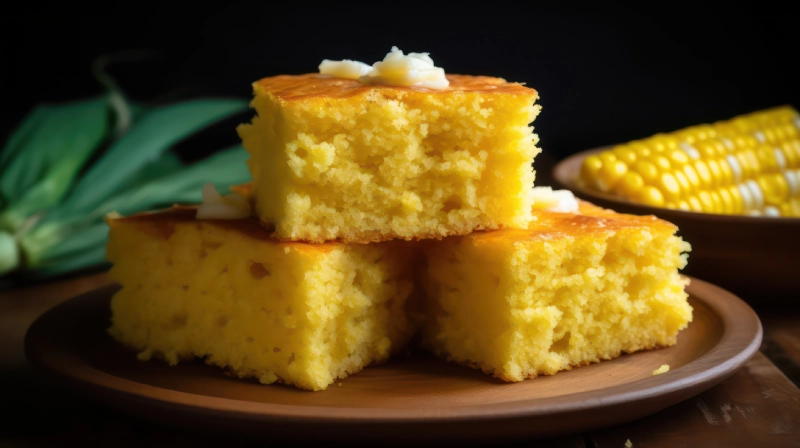
Cornbread is a classic comfort food in the southern United States, often served alongside black-eyed peas and collard greens. Its golden hue is thought to represent gold and wealth. Families bake cornbread during New Year’s celebrations, believing it will invite prosperity.
Some sprinkle corn kernels or whole grains on top for an added layer of tradition, symbolizing abundance and growth. Cornbread is easy to prepare and pairs perfectly with savory dishes, making it a delicious way to welcome luck.
11. Mandarins and Oranges – Sweet Fortune

In Chinese culture, mandarins and oranges symbolize good luck and wealth. Their round shape and bright color resemble the sun, signifying happiness and positivity.
Additionally, the Chinese word for orange sounds similar to the word for “success,” making them a staple during the Lunar New Year and other New Year’s celebrations.
Display these fruits in bowls or gift them to friends and family as tokens of good fortune. Eating mandarins and oranges is a simple yet meaningful way to start the year on a sweet and lucky note.
12. Rice – A Global Symbol of Abundance
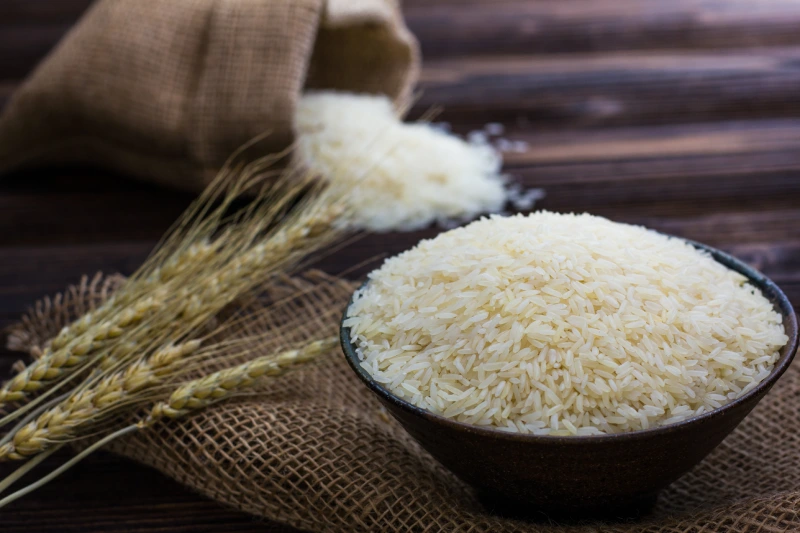
Rice is a staple food in various cultures and is often associated with wealth and abundance due to its high yield. In Asian traditions, rice symbolizes fertility and prosperity, and it’s commonly included in New Year’s feasts.
Dishes like sticky rice cakes in China and Japan or arroz con leche in Latin America are special New Year’s treats. Incorporating rice into your celebration—whether as a main dish, side, or dessert—ensures you embrace a universal symbol of good fortune.
13. Eggs – Renewal and Rebirth
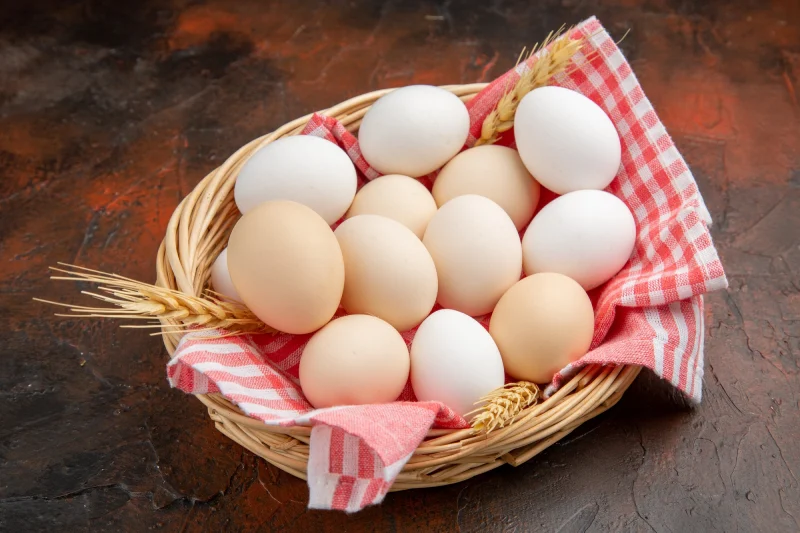
Eggs, with their round shape and nutrient-packed interior, are symbols of fertility and renewal. In many cultures, they represent the start of something new, aligning perfectly with the spirit of New Year’s celebrations.
In Persian traditions, eggs are part of the Haft-Sin table, symbolizing rebirth. For others, eggs served as breakfast on New Year’s Day signify a fresh start. Whether boiled, scrambled, or baked into dishes, eggs are a wholesome addition to your festive table.
14. Apples – Health and Harmony
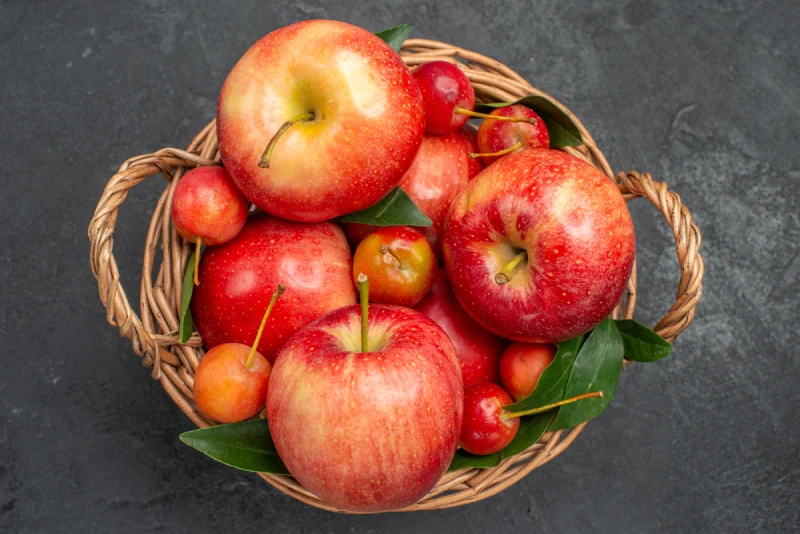
Apples are widely associated with health and well-being, thanks to the adage “an apple a day keeps the doctor away.” In Jewish traditions, apples dipped in honey during Rosh Hashanah symbolize a sweet year ahead, a sentiment that extends beautifully to the New Year’s celebration.
Serve apples fresh, baked into pies, or even incorporated into salads. Their crisp texture and sweet flavor bring joy and a sense of harmony to your table.
15. Dumplings – Pockets of Wealth
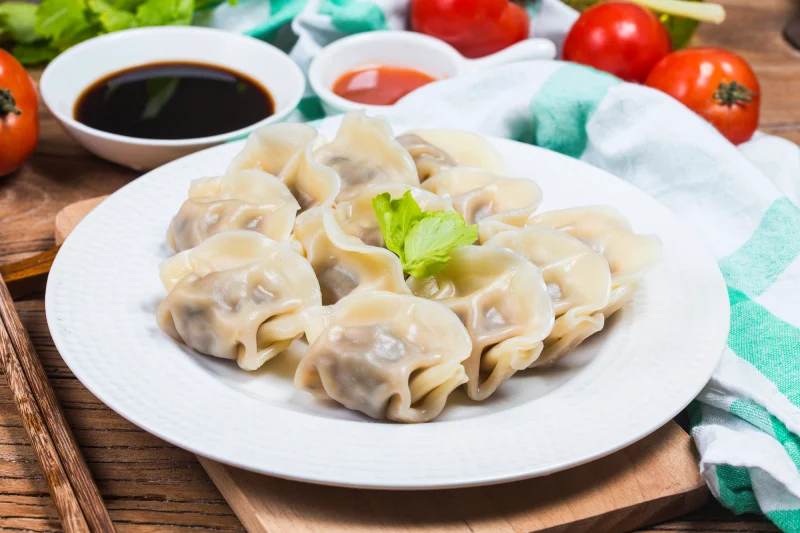
Dumplings, particularly in Chinese culture, are considered lucky because their shape resembles ancient gold or silver ingots. Eating dumplings during New Year’s celebrations is believed to bring wealth and prosperity.
Families often gather to make dumplings, filling them with pork, shrimp, or vegetables. Some even hide a coin in one dumpling, and the person who finds it is said to have extra luck in the coming year. Steamed, boiled, or pan-fried, dumplings are a flavorful way to welcome fortune.
16. Honey – Sweet Beginnings
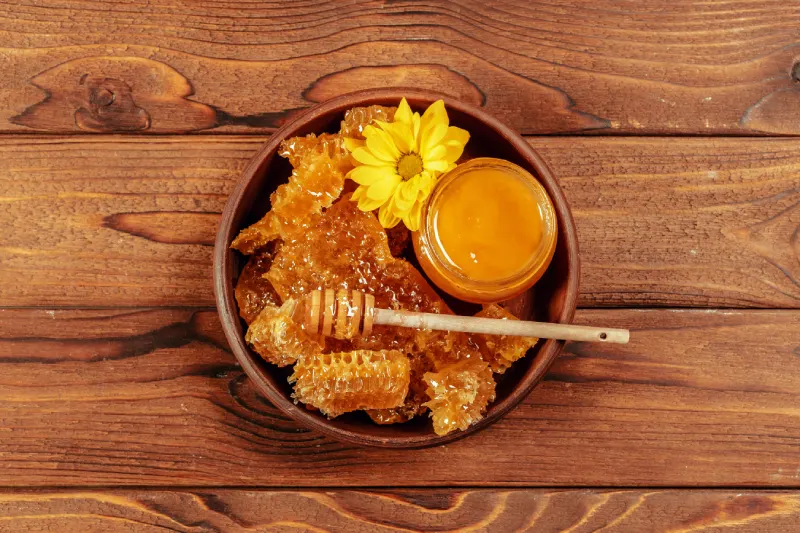
Honey is a universal symbol of sweetness and prosperity. Its rich, golden color represents wealth, while its natural sweetness signifies a joyful and harmonious year. Honey is often paired with bread, apples, or cakes to amplify its symbolic power.
In Middle Eastern and Jewish traditions, dipping bread or fruits in honey during celebrations is a cherished ritual. Incorporating honey into your New Year’s feast—whether as a drizzle on desserts or an ingredient in sauces—ensures a sweet start to the year.
17. Ring-Shaped Cakes and Pastries – Unity and Completeness

Ring-shaped foods like donuts, bagels, and bundt cakes symbolize continuity and unity. Their round shape signifies the cycle of life and the hope for a full, complete year.
In Nordic countries, wreath-shaped pastries are a New Year’s tradition, while Bolo Rei (King Cake) takes center stage in Portugal. Often baked with a hidden prize inside, these treats add a festive and meaningful touch to any celebration.
18. Cabbage Rolls – Luck Wrapped in Flavor
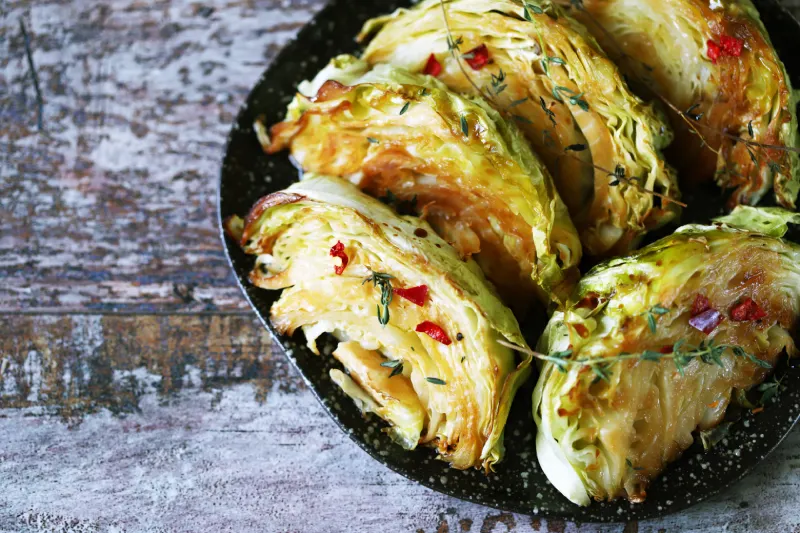
Cabbage rolls, popular in Eastern European cuisines, are thought to bring luck and prosperity due to their resemblance to money pouches. They’re often stuffed with rice, meat, and spices, symbolizing abundance.
Cabbage is also considered lucky, especially when cooked with pork or served alongside cornbread. Whether baked, steamed, or slow-cooked, cabbage rolls are a hearty and flavorful way to welcome good fortune.
19. Pineapples – A Tropical Good Luck Charm

In many Asian and Caribbean cultures, pineapples are associated with wealth and success. Their spiky crowns resemble a royal headdress, symbolizing leadership and prosperity.
Incorporate pineapples into your New Year’s feast through tropical salads, grilled slices, or refreshing drinks. Their vibrant, sweet flavor and sunny appearance bring positivity and good vibes to any celebration.
20. Beans – A Symbol of Growth
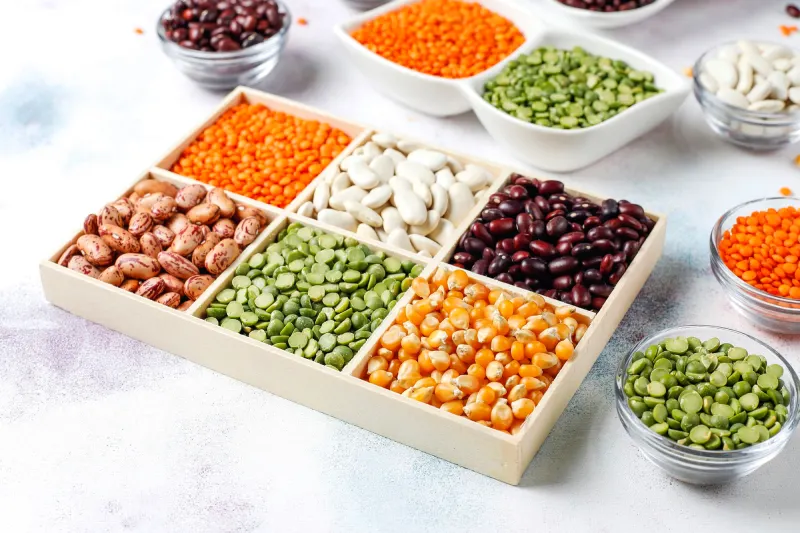
Beans, like lentils, are believed to bring prosperity because of their small, coin-like appearance. They also symbolize growth and fertility, making them a perfect addition to New Year’s meals.
Black beans, kidney beans, & chickpeas can be used in different dishes, from soups and stews to salads and dips. Their versatility and rich flavor ensure they fit seamlessly into your menu while inviting abundance.
Wrapping It Up
New Year’s food traditions unite people and symbolize hope for health, happiness, and success. Whether black-eyed peas in the U.S., fish dishes in Asia, or 12 grapes in Spain, these foods are eaten to invite good luck in the coming year.
Adding these foods to your New Year’s celebration is a fun way to make the occasion memorable and meaningful. Cook a tasty meal, share it with loved ones, & welcome the new year with positivity and joy.



